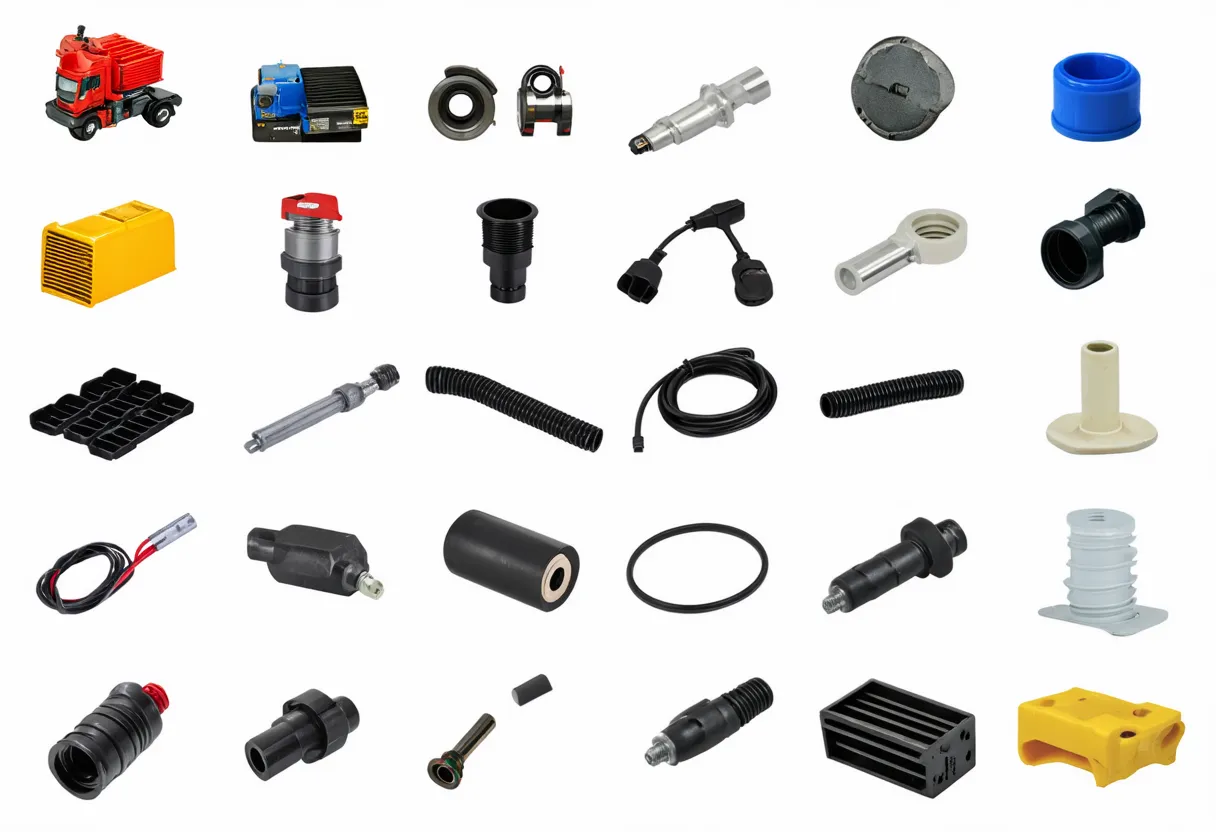Czechia, with a population of 10,672,118, is ranked 84th in the world, just behind South Sudan. Located in Central Europe, Czechia covers a total area of 78,871.04 sq. km, ranking 112th globally, just below Austria.
Czechia stands as a robust economy in 2022, with a GDP of $290.57 billion, securing the 45th position globally. It closely trails Romania, which holds the 44th spot with a GDP of $300.69 billion. In terms of GDP per capita, Czechia ranks 42nd with $27,226.62. It follows Estonia, which ranks 41st with a GDP per capita of $28,247.10.
Czechia’s economic position reflects its stability and growth potential in the global market, positioning it as a key player in the European economic landscape.
What are the economic activities of Czechia?
- Primary activities: 2.3% of GDP.
- Secondary activities: 36.9% of GDP.
- Tertiary activities: 60.8% of GDP.

Primary Sector of Czechia
Czechia’s primary sector, particularly agriculture, thrives due to its temperate climate and fertile land. With 45.73% of the country’s land dedicated to agriculture, Czechia produces a variety of crops and animal products. Wheat, sugar beets, milk, barley, rapeseed, potatoes, maize, pork, triticale, and oats are the main agricultural products.
Despite contributing only 2.3% to the GDP, agriculture plays a crucial role in the country’s economy. The diverse range of crops and animal products highlights the significance of the sector, providing employment and sustaining rural communities.
The country’s diverse geology provides a range of natural resources, including hard coal, soft coal, kaolin, clay, graphite, timber, and arable land. These resources play a vital role in the economy, driving sectors such as mining, forestry, and agriculture.
Secondary Sector of Czechia
What is the secondary sector or what are secondary activities?
The secondary sector involves industries that transform raw materials into finished products for consumption. In Czechia, the main industrial products are motor vehicles, metallurgy, machinery and equipment, glass, and armaments. These products are manufactured for domestic sale and export, contributing significantly to the country’s economy.
Manufactures play a crucial role in Czechia’s total exports, accounting for 90.08% in 2023. Their significance lies in driving economic growth and creating employment opportunities, showcasing the country’s industrial prowess on the global stage.
Tertiary sector of Czechia
What is the tertiary sector or what are tertiary activities?
The tertiary sector in Czechia encompasses various services where individuals provide knowledge and time to enhance productivity and meet needs. This sector includes intangible goods like advice, attention, and expertise, catering to both consumers and businesses. Key tertiary activities in Czechia are Restaurants, Healthcare, Education, Banking, Communication, Tourism, and Transportation.
Notably, Czechia’s tourism industry plays a pivotal role in its economy, with an impressive 37,202,000 annual arrivals, accounting for 3.4859 tourist arrivals per capita. Prague, renowned for its architectural marvels like the Prague Castle and Charles Bridge, and the spa town of Karlovy Vary, famous for its healing mineral springs, are among the country’s most popular destinations.
Another example of tertiary economic activity is the mobile cellular sector, with approximately 13.5 million subscriptions, supporting technological growth by enhancing connectivity and fostering innovation across various industries.
Military Activities and Economic Sectors of Czechia
The military is a clear example of many economic activities working together. The primary sector supports the military by providing resources, like metals for weapons. The secondary sector manufactures military equipment, ensuring soldiers have the right tools. The tertiary sector includes services, like healthcare for soldiers, while the quaternary sector focuses on research and development to improve military technology. Finally, the quinary sector involves high-level decision-making and strategy for military operations.
In 2023, Czechia’s military expenditure was 5,056.3 million US dollars, which is 1.35% of its GDP. The active military force consists of 21,750 personnel, giving a ratio of 2 active military members per 1,000 capita. This data shows how the military is linked to various economic activities in the country.
Biggest company in Czechia
Which is the biggest company in Czechia? The largest is CEZ Group, valued at approximately 23.39 billion USD. It operates in the energy industry, focusing on electricity generation and distribution. CEZ Group was founded in 1992 and plays a vital role in the country’s economy.
International Trade of Czechia
Import Activities of Czechia

The import activities of Czechia are crucial, with imports accounting for 75.47% of its GDP in 2023, totaling 2.29 trillion CZK.
Czechia’s imports are diverse, including broadcasting equipment, vehicle parts, natural gas, machine parts, and plastic products. The country’s main import partners are Germany (24%), China (13%), Poland (10%), Slovakia (6%), and Russia (4%). These partnerships indicate a strong reliance on neighboring countries and global economic players for a variety of goods essential to the Czech economy.
Exports Activities of Czechia

Czechia’s export activities are of high importance, accounting for 76.45% of its GDP in 2023, totaling 2.53 trillion. This demonstrates a strong reliance on international trade for economic growth and stability.
Czechia’s export activities are diverse, with top partners like Germany, Slovakia, and Poland. Key exports include cars, vehicle parts, broadcasting equipment, computers, and plastic products.
Czechia economy challenges in 2024
In 2024, Czechia faces challenges with stalled growth due to inflation and energy disruptions. The tight labor market and low unemployment rates add pressure. Reforms are sought for decarbonization and energy efficiency improvements in the high-income, manufacturing-focused economy.




Leave a Reply